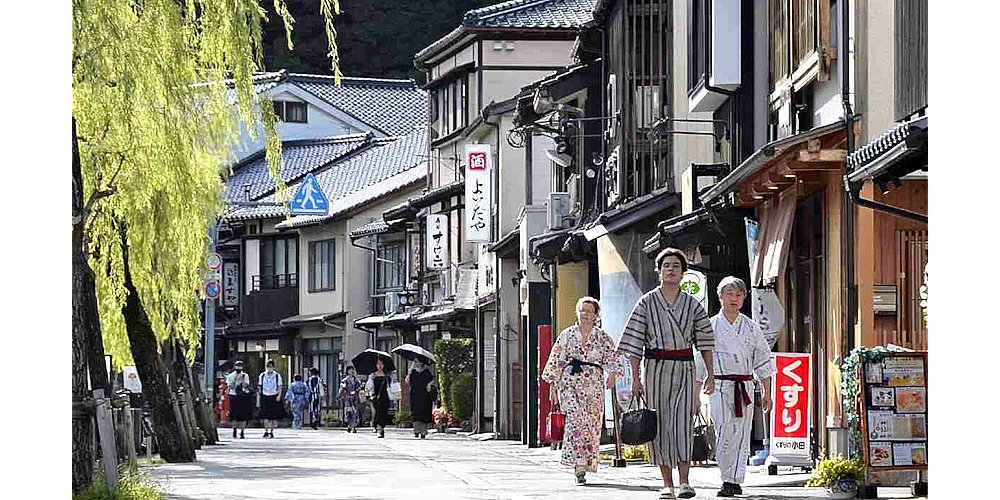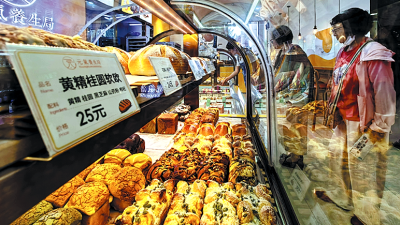
TOKYO: The number of visitors to Japan in 2024 was 36.87 million, nearly 5 million more than the 31.88 million who visited in 2019.
Spending by tourists also reached a record high of ¥8.1 trillion (RM245 billion), up from ¥4.8 trillion in 2019.
While the strong performance of the tourism sector is clear, issues that have existed since before the pandemic, such as over-tourism at popular destinations and sluggish growth in visitor numbers in regional areas, are becoming more acute.
How can these problems be resolved? One clue is the term “high-value guests,” which refers to travelers who spend more than ¥1 million per visit to Japan.
According to the Japan National Tourism Organization, 287,000 high-value guests from six countries (Australia, China, France, Germany, the United Kingdom and the United States) visited Japan in 2019, spending ¥552.3 billion.
Although such high-value visitors account for fewer than 1 percent of all visitors to Japan, they also account for more than 10 percent of all visitor spending, which is a significant impact.
By analyzing the destinations and purposes of high-value travelers’ trips, it may be possible to boost the amount of consumption further and identify measures to attract more visitors to regional areas.
Earlier this month, Prime Minister Shigeru Ishiba said that tourism was a fundamental industry for local regions, and an important factor for “Regional Revitalization 2.0,” in which young people and women could play an active role.
He also referred to his hope that the public and private sectors would work together to strongly promote a tourism strategy.
He instructed the ministers concerned to compile a new plan to achieve the goal of increasing the number of foreign tourists to 60 million and their amount of consumption to ¥15 trillion by 2030.
Japan’s tourism strategy began in earnest in 2003 with the “Visit Japan Campaign,” in which the government declared Japan a “Tourism Nation” to stimulate the economy by encouraging foreigners to visit Japan and attract tour groups to tourist destinations.
Visa requirements for foreign visitors to Japan have been relaxed. Through subsequent developments such as “bakugai” (explosive buying) and with the phenomenon of visits to popular “golden route” sightseeing spots, we are now in the “Inbound 4.0” phase, where consumer focus is shifting from products to experiences.
To reach 60 million visitors by 2030, the number of inbound tourists must increase by more than 9 percent annually.
Japan’s working-age population has been declining since its peak in 1995, and the tourism industry, which reduced its workforce due to the pandemic, will find it difficult to bring back manpower for further expansion at an early date.
There are also many issues regarding the acceptance system, as 70 percent of last year’s travelers stayed in the nation’s three major metropolitan areas.
Enhancing Japan’s unique tourism services, such as dining, lodging and cultural experiences, and boosting the satisfaction levels and spending of high-value travelers will be necessary to hasten the shift from big crowds to big spenders.
Consumption behavior that does not depend on shopping may make inbound spending more resilient to a strong yen in the future.
It is also essential to create a mechanism to utilize tourism revenues to protect and nurture local tourism resources and revitalize local economies so that a wide range of people, including residents, can realize the benefits.
Amid a wave of change, it is necessary to promote strong tourism that highlights “Japanese-ness” by making the most of local places’ omotenashi hospitality.
ADVERTISEMENT
ADVERTISEMENT








































